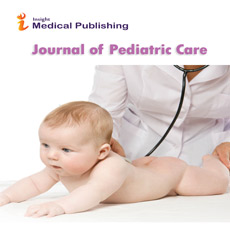Abstract
Energy Requirements of a Pediatric Lung Transplant Population
Background: Comparison of estimated energy requirements using predictive equations (PBMR) to measured resting energy requirements (MREE) using indirect calorimetry is not widely investigated in the pediatric lung transplant (LTx) population. In this population, optimal nutrition delivery may promote appropriate weight gain post-transplantation. The purpose of this case series was to evaluate the difference between predicted and measured energy requirements pre- and post- transplant by comparing PBMR calculated by the World Health Organization (WHO) equation and MREE by indirect calorimetry. The secondary aim was to determine if the diagnosis of Cystic Fibrosis (CF) influenced energy expenditure. It was predicted that the majority of LTx children would have higher MREE than PBMR (denoted as % PBMR). The % PBMR value is relative to MREE.
Methods and findings: After exclusion, there were 7 LTx patients (n=5 male, n=4 CF, median age 11.55, age range: 4-16 y) and 14 measurements (7 repeated measures). Measurements were conducted pre- or post- transplant. Pre-LTx patients (n=4 patients, n=2 CF) exhibited a median 106% PBMR (interquartile range: 24%). Post-LTx patients (n=3 patients, n=2 CF) exhibited a median 105% PBMR (24%). The median % PBMR did not differ significantly between CF and non-CF LTx children irrespective of transplant status (113% (22%), 103% (19%), respectively, P=0.12).
Conclusion: These results suggest that MREE was higher than PBMR; the WHO equation may underestimate energy requirements for pre- and post-LTx children. There was a trend towards decreasing energy requirements post-LTx. In children post-LTx, the diagnosis of CF may not affect energy requirements.
Author(s):
Amanda Y Leong, Melissa D Sheehan, Jackson Wong and Bodil MK Larsen
Abstract | Full-Text | PDF
Share this

Google scholar citation report
Citations : 130
Journal of Pediatric Care received 130 citations as per google scholar report
Abstracted/Indexed in
- Google Scholar
- China National Knowledge Infrastructure (CNKI)
- Cosmos IF
- WorldCat
- Geneva Foundation for Medical Education and Research
- Secret Search Engine Labs
Open Access Journals
- Aquaculture & Veterinary Science
- Chemistry & Chemical Sciences
- Clinical Sciences
- Engineering
- General Science
- Genetics & Molecular Biology
- Health Care & Nursing
- Immunology & Microbiology
- Materials Science
- Mathematics & Physics
- Medical Sciences
- Neurology & Psychiatry
- Oncology & Cancer Science
- Pharmaceutical Sciences

